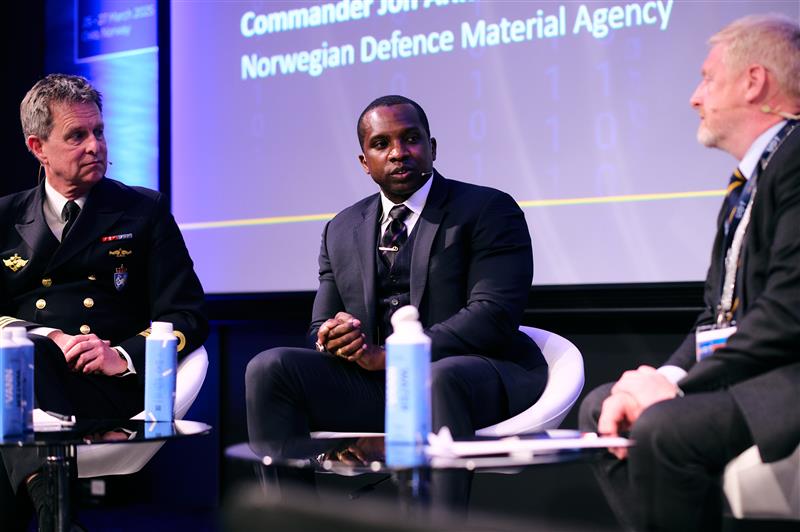UDT 2025: NATO’s CUI Task Force X to involve multiple phases

NATO looks to enable autonomous CUI defence across multiple theatres.
NATO’s critical undersea infrastructure (CUI) Task Force X initiative is expanding into multiple, different phases, building on the Baltic pilot that took place in February.
Speaking at UDT 2025, Justin Quinn, Commander of NATO’s Maritime Unmanned Systems Innovation Coordination Cell, outlined that the initiative will involve three phases, sitting alongside NATO’s Digital Ocean initiative.
The first phase is already underway, with a request for proposals to industry issued in March, pertaining to a “contractor-operated leasing programme”, he said. This phase is valued at around 10-15 million in either dollars or euros.
Phase one test results will be “on display” in June 2025, he said.
No interoperability or general standards have been established yet, with phase one acting more like a pilot programme to prove the concept of an autonomous underwater fleet for CUI defence, he continued.
Phase two, however, is “going to be more persistent. It's going to lean more on allied nations, and it's going to be allied nations which lead on it as of right now”..
Quinn did not mention the value of the individual grants available for phase two, although he said it would deliver “real funding” to industry.
The date floated for the commencement of phase two is June 2026.
The third and final phase of the initiative “is going to be a persistent programme that will be in multiple theatres, so not just in [the] North Atlantic”, he said.
Phase three will look to include alliance-wide standardisation of undersea technology in pursuit of interoperability and scale.
Task Force X to compliment wider NATO and member-state efforts
As mentioned by Quinn, Task Force X works alongside NATO’s Digital Ocean initiative, which seeks to bring nations and industry partners together to enhance NATO’s maritime situational awareness from seabed to space. This includes a range of assets from satellites to autonomous systems below, on, and above the sea..
Quinn affirmed that Digital Ocean could come to provide a framework for national programmes like the UK’s recently announced ‘Project Cabot’, which seeks to develop and scale autonomous CUI defence and wider naval surveillance.
In answer to conference questions on how smaller companies can get involved, Quinn told UDT attendees to consider opportunities provided by NATO’s Defence Innovation Accelerator for the North Atlantic (DIANA).
DIANA, which operates over 20 accelerator sites and 180 test centres, has positioned autonomy as one of its technology focus areas. It has also previously hosted a sensing and surveillance challenge.
This article has been updated with new information since publication.
Author Details
Benjamin Howe - Defence Journalist
Benjamin is a UK-based Journalist working for Clarion Defence and Security, having previously worked as a Content and Community Manager on Clarion's digital products.
